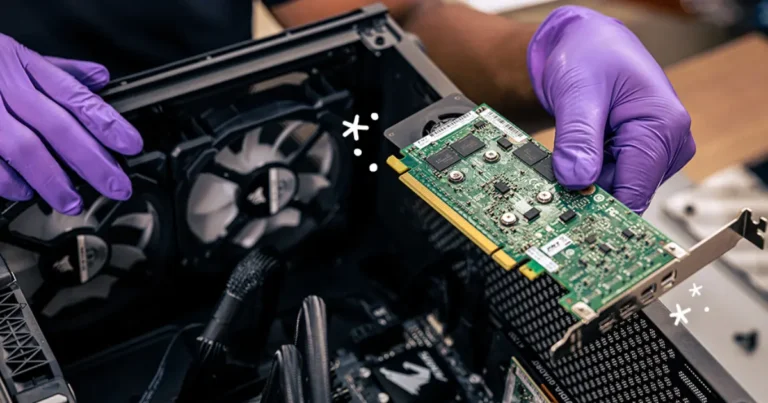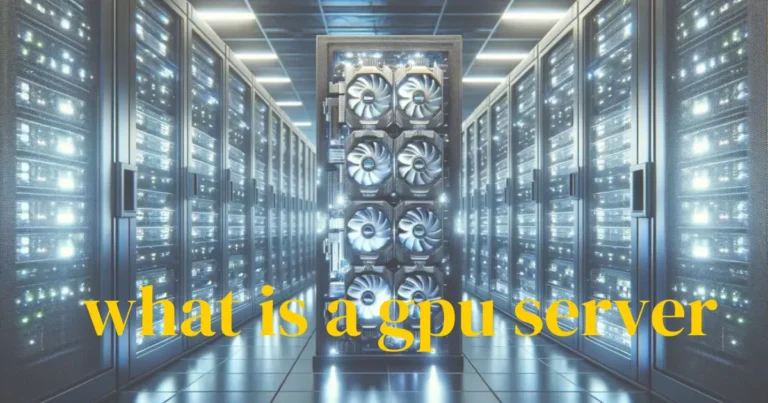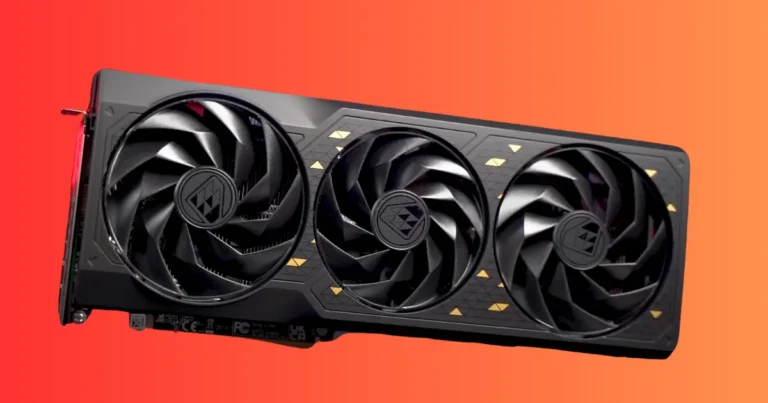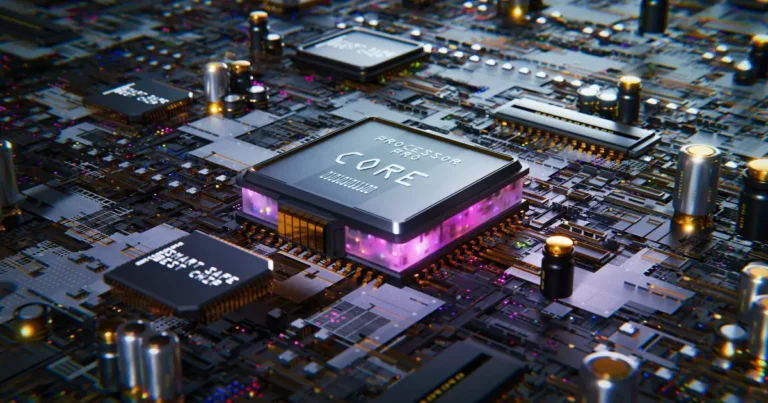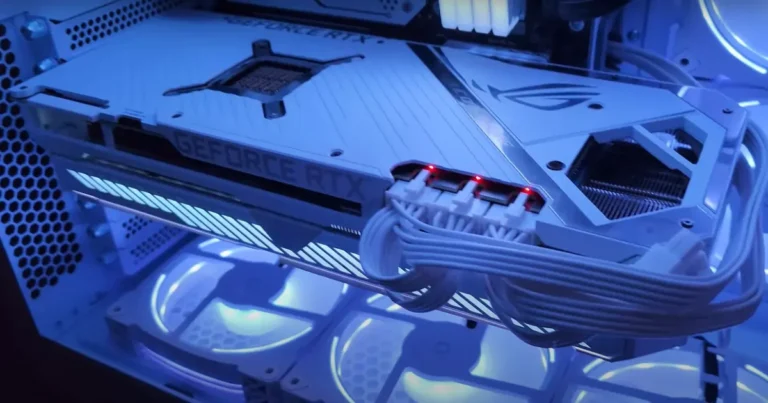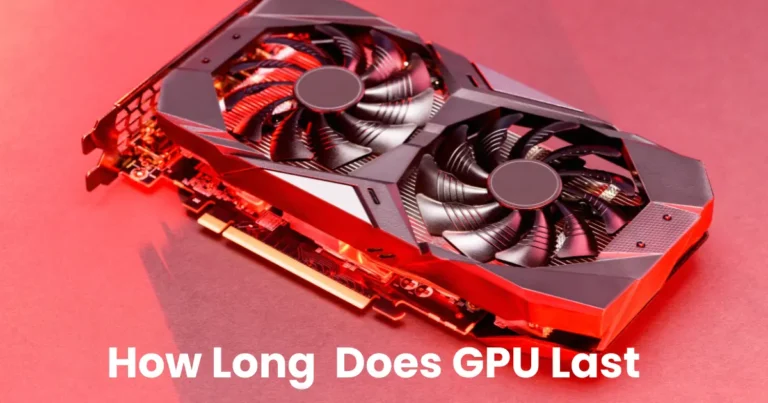Can a Motherboard Bottleneck GPU? Understanding the Basics
Building your own PC is like piecing together a high-tech jigsaw puzzle. Every component needs to fit perfectly, not just physically but also in terms of performance. Among the myriad of considerations, one question often surfaces: Can a motherboard bottleneck GPU? Let’s dive deep into this query and unravel the complexities of motherboard-GPU interactions.
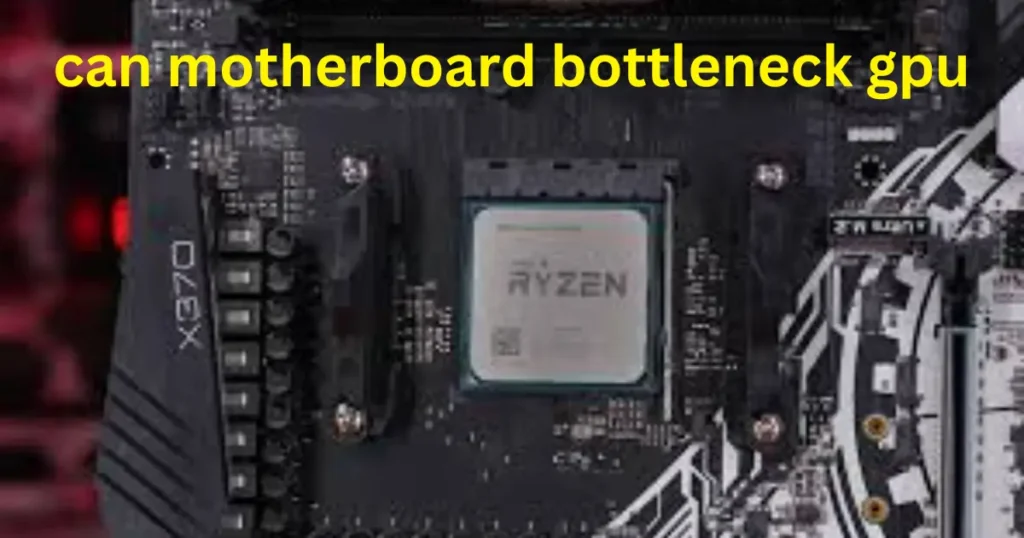
Understanding Motherboard and GPU
What is a Motherboard?
The motherboard is fundamentally the central hub of your PC. It houses the CPU, RAM, storage, and provides connectivity for peripherals. Think of it as the central nervous system of your computer, ensuring all components communicate effectively.
What is a GPU?
The Graphics Processing Unit (GPU) is the heart of your PC’s graphical performance. It handles the processing of images, videos, and animations. Whether you’re gaming, designing, or mining cryptocurrency, a powerful GPU is crucial.
How Do They Interact?
The motherboard and GPU connect via the PCIe (Peripheral Component Interconnect Express) slot. This slot enables high-speed data transfer, ensuring your GPU can process and render graphics efficiently.
Defining Bottleneck
What is a Bottleneck in Computing?
In computing, a bottleneck occurs when one component limits the performance of the entire system. Think of it as a narrow section of a highway causing a traffic jam. In the context of PCs, if a component can’t keep up with the demands of another, it throttles overall performance.
Common Causes of Bottleneck
Bottlenecks can arise from various sources: an outdated CPU, insufficient RAM, or even an underpowered PSU. Each component plays a role in the symphony of your PC, and if one is out of tune, the whole performance suffers.
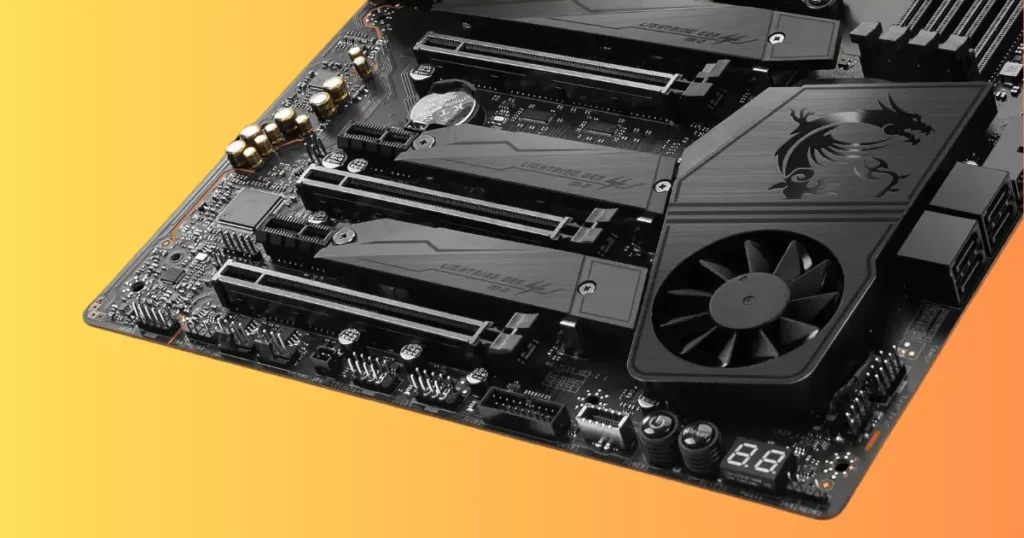
Can a Motherboard Bottleneck GPU?
How Motherboards Affect GPU Performance
Yes, a motherboard can bottleneck a GPU, but it’s not as straightforward as it sounds. The primary factors include the PCIe slot version, chipset capabilities, and power delivery systems. These elements determine how efficiently your GPU can operate.
Scenarios Where Motherboards Bottleneck GPUs
Imagine pairing a high-end GPU with an entry-level motherboard. The PCIe slot might be outdated, limiting data transfer speeds. Or the motherboard might not deliver enough power, causing the GPU to underperform. These mismatches create bottlenecks, hindering your GPU’s potential.
Factors Influencing Motherboard-GPU Interaction
PCIe Slots and Bandwidth
The PCIe slot is where your GPU sits. Modern GPUs require PCIe 3.0 or higher to operate at full capacity. An older PCIe 2.0 slot can restrict data flow, causing a bottleneck.
Chipset Capabilities
The chipset dictates your motherboard’s capabilities, including PCIe lanes, USB ports, and storage options. A robust chipset ensures smooth communication between the GPU and other components.
Power Delivery Systems
High-end GPUs demand substantial power. Motherboards with inadequate power phases can starve the GPU, leading to performance dips. Ensuring your motherboard can supply sufficient power is crucial.
BIOS and Firmware Compatibility
Outdated BIOS or firmware can cause compatibility issues, affecting GPU performance. Regular updates ensure optimal interaction between the motherboard and GPU.
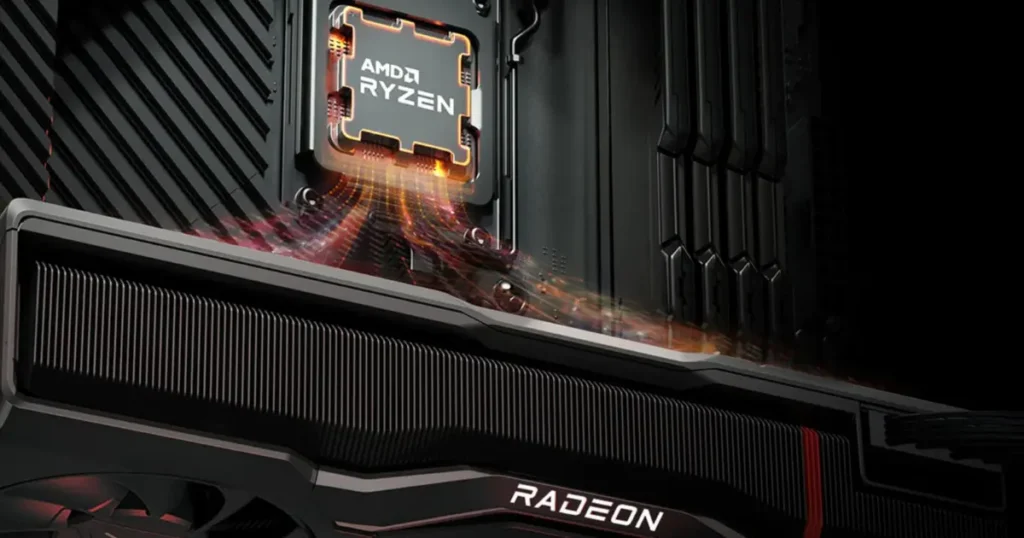
Identifying a Bottleneck
Symptoms of a Bottleneck
Common signs include lower-than-expected FPS in games, stuttering, and lag. Your GPU might also run at lower clock speeds if it’s not receiving enough data from the motherboard.
Diagnostic Tools and Software
Tools like MSI Afterburner and HWMonitor can help you monitor GPU performance. Benchmarking software like 3DMark can provide insights into potential bottlenecks.
Benchmarking Performance
Running benchmarks before and after upgrading components can highlight bottlenecks. Look for discrepancies in expected vs. actual performance metrics.
Avoiding Bottlenecks
Choosing the Right Motherboard for Your GPU
Research compatibility before purchasing. Ensure the motherboard supports your GPU’s PCIe version and has a suitable chipset.
Future-Proofing Your Build
Opt for motherboards with the latest PCIe slots and ample power delivery systems. This ensures compatibility with future GPU upgrades.
Balancing Other Components
A balanced build prevents bottlenecks. Pairing a high-end GPU with a mid-range CPU or vice versa can create performance mismatches.
PCIe Slots and Their Importance
PCIe Slot Versions Explained
PCIe slots come in various versions: 1.0, 2.0, 3.0, 4.0, and the latest 5.0. Each version offers different data transfer rates. For instance, PCIe 3.0 provides 8 GT/s (Giga-transfers per second) per lane, while PCIe 4.0 doubles this speed.
How PCIe Slot Versions Affect GPU Performance
A GPU designed for PCIe 4.0 will operate at reduced capacity in a PCIe 3.0 slot. The data transfer rate bottleneck can lead to lower performance in graphics-intensive tasks.
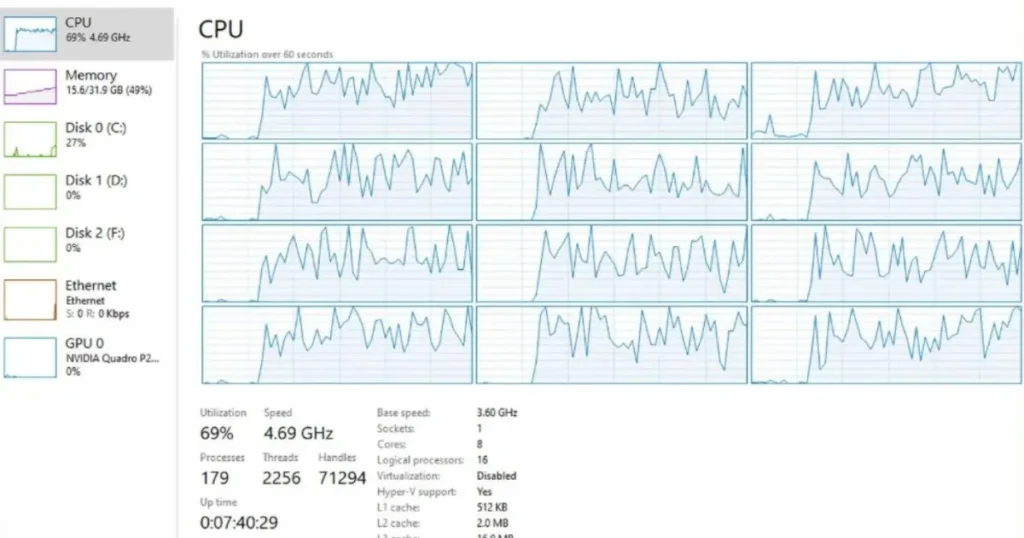
Chipset and Its Role
What is a Chipset?
The chipset is an essential part of the motherboard that controls data transfer between the processor, memory, and other peripherals. It acts like a traffic cop, ensuring data moves smoothly and efficiently.
How Chipsets Influence GPU Performance
High-end chipsets support more PCIe lanes, faster data transfer rates, and better power management. These features directly impact the GPU’s ability to perform at its best.
Power Delivery Systems
Importance of Power Phases
Power phases regulate the voltage and current supplied to the GPU. More power phases mean better stability and performance, especially for high-end GPUs.
Ensuring Adequate Power for High-End GPUs
Check your motherboard’s specifications for power delivery capabilities. Ensure it can meet the power demands of your GPU, especially under load.
BIOS and Firmware Updates
Role of BIOS in GPU Performance
The BIOS initializes and tests hardware components during the boot process. An updated BIOS can improve hardware compatibility and stability, boosting GPU performance.
Keeping Firmware Updated
Manufacturers roll out firmware updates to address bugs and enhance performance. Regularly check for updates to ensure your system runs smoothly.
Real-World Examples
Case Studies of Bottlenecked Systems
Consider a gamer who pairs a GTX 3080 with an old motherboard with PCIe 2.0. Despite the GPU’s capabilities, performance lags due to the outdated PCIe slot, showcasing a clear bottleneck.
Success Stories with Optimal Configurations
On the flip side, a well-matched system like an RTX 3080 with a high-end motherboard with PCIe 4.0 and ample power phases results in stellar performance, illustrating the importance of compatibility.
Optimizing Your System
Tips for Enhancing Motherboard-GPU Synergy
Regular maintenance, such as dusting components and ensuring proper cooling, helps maintain optimal performance. Upgrading to faster RAM and better storage solutions can also complement your GPU.
Overclocking Considerations
Overclocking your GPU can squeeze extra performance out of it. However, ensure your motherboard supports overclocking and can handle the increased power demands.
Conclusion
Ensuring your motherboard and GPU are well-matched is crucial for avoiding bottlenecks. By understanding the interplay between these components and optimizing your system accordingly, you can achieve peak performance and a seamless computing experience. Keep your components updated and balanced, and you’ll enjoy the full potential of your PC build.

